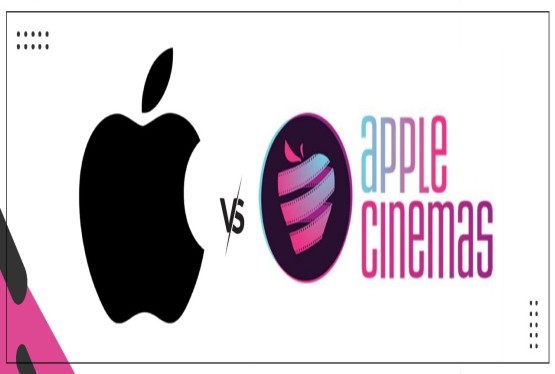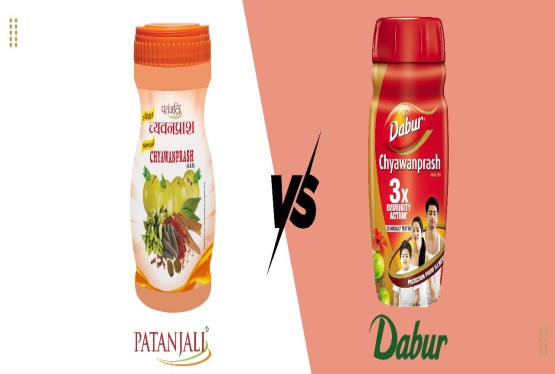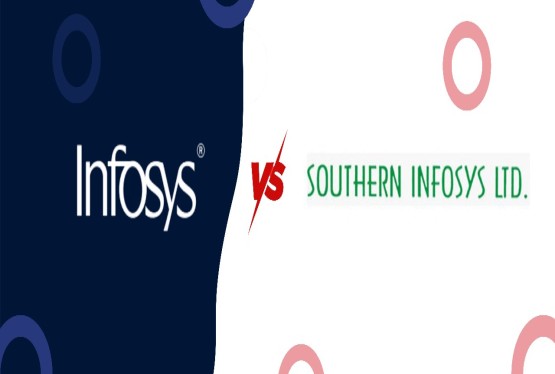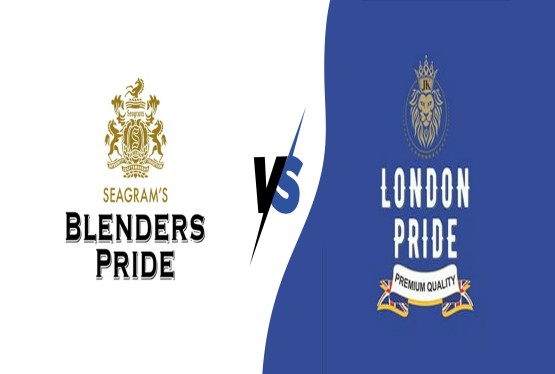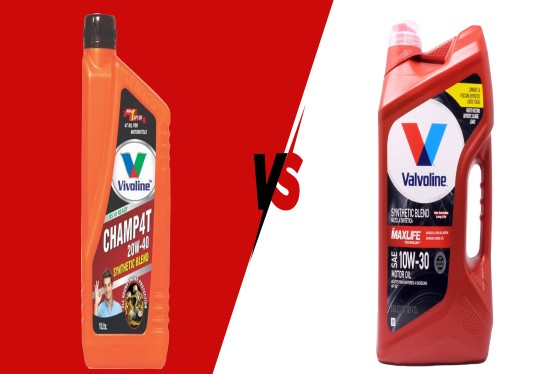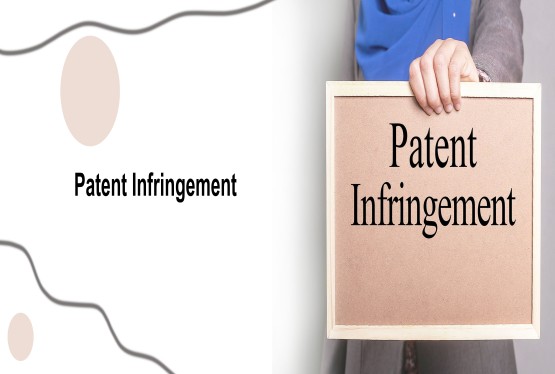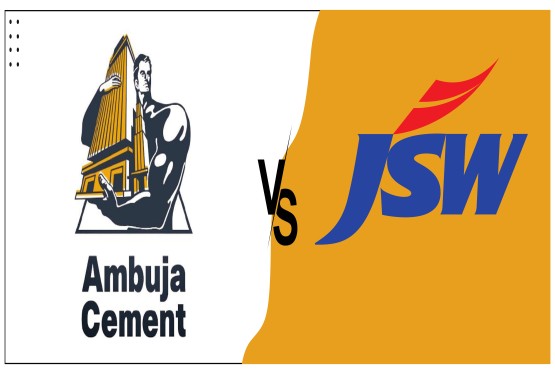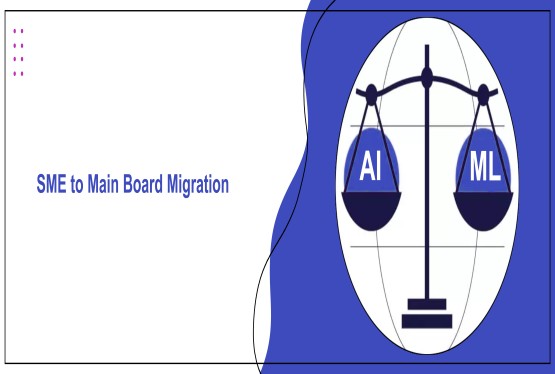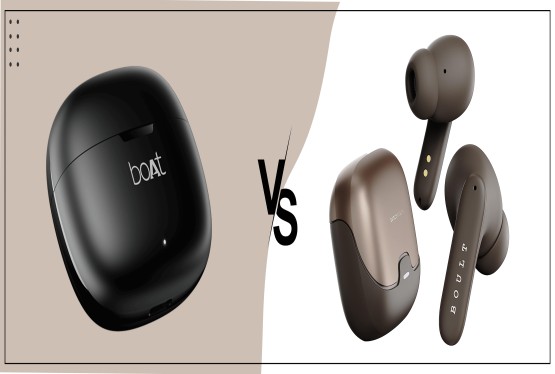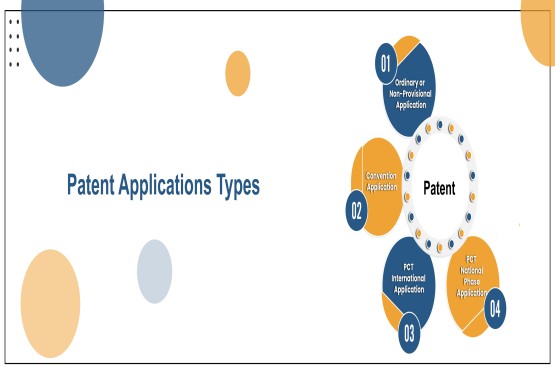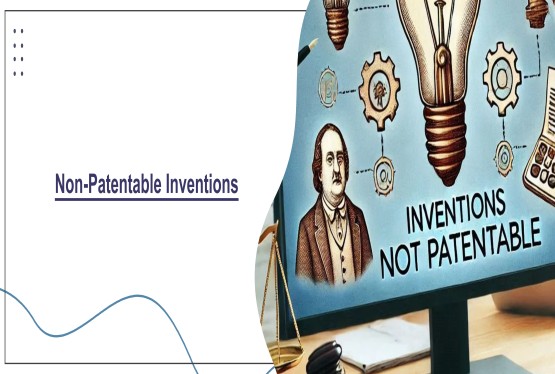The trademark classification system, governed by the Nice Classification (NCL), categorizes goods and services into distinct classes for the purposes of trademark registration, trademark withdrawal, and trademark infringement. Trademark Class 26 pertains specifically to lace, embroidery, ribbons, and other related goods used as trimmings or decorations.
Understanding Trademark Class 26
Trademark Class 26 primarily includes products that are ornamental or supplementary in nature. The scope of this class extends to:
-
Lace and embroidery
-
Ribbons and braids
-
Buttons, hooks, and eyes
-
Artificial flowers and fruit
-
Hair ornaments, including hair pins, hair clips, and hair bands
This class also includes accessories used in textile and garment production, making it particularly relevant to the fashion and textile industries. However, it excludes specific items like certain textile yarns and threads, which are classified under Class 23.
Statutory Framework in India
Under Indian law, trademarks are regulated by the Trade Marks Act, 1999, which aligns with the Nice Classification. Section 7 of the Act empowers the Registrar to classify goods and services based on this international framework. Class 26, as defined under the NCL, is applied for trademarks that cover decorative and auxiliary goods.
Key provisions under the Act that influence the application of Class 26 include:
(a) Section 9: Absolute Grounds for Refusal: A trademark in Class 26 can be refused if it lacks distinctiveness or consists of marks exclusively describing the goods.
(b) Section 11: Relative Grounds for Refusal: Conflict with earlier marks in Class 26 or other overlapping classes may lead to refusal, particularly where confusion or deception is likely.
(c) Section 17: Effect of Registration of Parts of a Mark: For trademarks comprising multiple elements, the distinctive and non-distinctive aspects are treated separately. For example, ornamental elements in Class 26 marks may not qualify for exclusive rights unless they stand out as distinctive.
(d) Section 29: Infringement: The scope of protection under Class 26 extends to preventing unauthorized use of a registered mark or a deceptively similar mark in connection with the same or similar goods.
Key Precedents and Case Laws
(a) A-One Laces Pvt. Ltd. v. XYZ Exports (2019): In this case, the Delhi High Court dealt with a trademark dispute involving lace patterns. The court ruled that artistic patterns, even if visually appealing, cannot gain monopoly unless they achieve secondary meaning.
(b) Zariwala Silk Co. v. Gold Embroidery Pvt. Ltd. (2021): This case highlighted the challenge of registering traditional embroidery designs under Class 26. The court held that cultural and traditional motifs are part of public domain unless significant modifications confer distinctiveness.
(c) Harman International Industries Inc. v. Bull Accessories (2015): Though involving goods in another class, this case is relevant for its analysis of how ornamental and functional elements in a mark are evaluated. The court observed that functional features, such as the design of hooks or buttons, do not inherently qualify for trademark protection.
Challenges in Protecting Class 26 Trademarks
(a) Overlap with Copyright Law: Ornamental designs in Class 26 often straddle the domains of copyright and trademark law. For example, an intricate lace pattern may qualify as an artistic work under the Copyright Act, 1957, but its trademark registration hinges on its ability to identify goods as originating from a particular source.
(b) Distinctiveness Requirement: Due to their ornamental nature, marks in Class 26 face challenges in proving distinctiveness. Applicants often rely on acquired distinctiveness through prolonged use or advertising.
(c) Territorial Disputes: Many Class 26 goods are produced in regions known for traditional craftsmanship, such as Lucknow (Chikankari embroidery) or Gujarat (Bandhani). Disputes may arise when artisans claim rights over traditional motifs registered by corporations.
(d) Counterfeiting and Piracy: Class 26 goods, such as buttons, ribbons, and hair ornaments, are often targeted for counterfeiting, which dilutes the value of registered trademarks.
International Perspective
The protection of Class 26 trademarks is not unique to India. Countries worldwide follow the Nice Classification and face similar issues. In Adidas AG v. Forever 21 Inc. (2018), the US courts tackled the registration of three-stripe patterns for ribbons and embellishments, ruling in favor of Adidas based on secondary meaning.
In the EU, the case of Societe des Produits Nestlé SA v. Cadbury UK Ltd. (2017) illustrates how decorative elements in trademarks are subject to strict scrutiny under the EU Trade Mark Regulation.
Recommendations for Brand Owners
(a) Conduct Comprehensive Searches: A thorough search within Class 26 and related classes can help avoid conflicts and ensure the mark's distinctiveness.
(b) Document Acquired Distinctiveness: Evidence of extensive use, advertising campaigns, and consumer recognition can strengthen claims of distinctiveness.
(c) Opt for Dual Protection: When applicable, seek copyright protection for ornamental designs in addition to trademark registration.
(d) Monitor Infringements: Actively monitoring the market for counterfeits and taking swift legal action can safeguard the value of trademarks in Class 26.
Conclusion
Trademark Class 26, while focused on ornamental and auxiliary goods, plays a critical role in industries like fashion, textiles, and accessories. The legal framework under the Trade Marks Act, 1999, coupled with judicial precedents, underscores the importance of distinctiveness and the challenges in protecting such marks. For brand owners, strategic planning and adherence to statutory requirements can ensure robust protection and long-term success in this niche category. As the legal landscape evolves, particularly with advancements in technology and design, the intersection of Class 26 trademarks with other intellectual property rights will require ongoing vigilance and adaptation.
Frequently Asked Questions
Q1. What is Trademark Class 26, and what types of goods does it cover?
Ans. Trademark Class 26, as per the Nice Classification, encompasses ornamental and supplementary goods. This includes items like lace, embroidery, ribbons, buttons, hooks, artificial flowers, and hair ornaments. Essentially, it covers decorative elements used to enhance other products.
Q2. How does Indian law, specifically the Trade Marks Act, 1999, govern trademarks in Class 26?
Ans. The Act aligns with the Nice Classification, and Section 7 empowers the Registrar to classify goods accordingly. Key provisions relevant to Class 26 include Section 9 (absolute grounds for refusal), Section 11 (relative grounds for refusal), Section 17 (effect of registration of parts of a mark), and Section 29 (infringement).
Q3. What are the challenges in protecting trademarks in Class 26?
Ans. Challenges include:
-
Overlap with copyright law for ornamental designs
-
Proving distinctiveness due to the ornamental nature of the goods
-
Territorial disputes, especially for traditional motifs
-
Counterfeiting and piracy due to the nature of the goods.
Ans. Register trademarks in Class 26 to secure legal brand rights.
-
Conduct thorough searches to avoid conflicts.
-
Document acquired distinctiveness through use and advertising.
-
Seek copyright protection for ornamental designs when applicable.
-
Actively monitor the market and take legal action against infringements.
Q5. How do international cases, such as Nestlé v. Cadbury in the EU, provide insights into the protection of Class 26 trademarks?
Ans. These cases demonstrate the importance of strict scrutiny for decorative elements. In the EU, for example, non-traditional trademarks like colors require a high degree of distinctiveness to be registered. These cases highlight the need for strong evidence of acquired distinctiveness to secure trademark protection for ornamental elements.






























_(b)_of_the_Trademark_Act,_1999_(1)_crop10_thumb.jpg)



_crop10_thumb.jpg)




























_crop10_thumb.jpg)
_crop10_thumb.jpg)






_crop10_thumb.jpg)








_crop10_thumb.jpg)



_crop10_thumb.jpg)





























_crop10_thumb.jpg)

















_crop10_thumb.jpg)






_crop10_thumb.jpg)











































































































































_crop10_thumb.jpg)




































_crop10_thumb.jpg)












_crop10_thumb.jpg)















































_crop10_thumb.jpg)
























